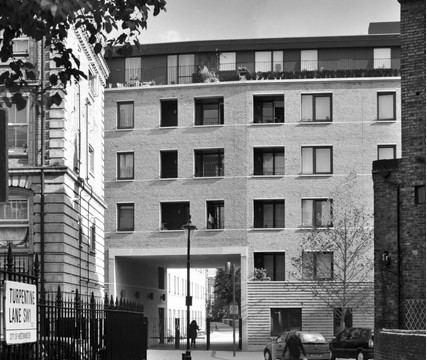
Is Architecture ‘too important to be left to architects’?
Is architecture ‘too important to be left to architects’?
- A case study on user participation
AN ESSAY.
What is the purpose of architecture and which motives drive us to create it? These are two of the major questions facing our profession as architects. The American architect John Lautner once said, “The purpose of architecture is to improve human life.” It would of course go too far to enlarge upon the self-conception and public perception of the architect’s role within society, but it is easy to detect some deficiencies in this area: today’s architectural education and practice are often criticised for their lack of closeness to people. Architecture is frequently created as an aesthetical end in itself and has lost its purpose of serving the needs of individuals, and thus fails to engage them to the architecture.Good examples for this are architectural handbooks such as Ernst Neufert’s Architect’s Data. I remember feeling very pleased to have it as a companion while designing my first projects; it seemed to give answers to every architectural question. But if we take a closer look at it we find that the user is shown and treated like an abstraction, as Jeremy Till says, “People are drawn with lines round them, as police chalk round cadavers; drained of their phenomenal or social presences, these bodies assume the equivalent status to the furniture, objects there solely for their ability to be moved and to behave in measured and universal ways.”
It is thus not surprising that a lot of projects feel like standardized housing for anonymous people with standardized requirements. As a result this architecture is often not appreciated by its inhabitants, and therefore not treated well.
Jerome A. Thamann is convinced that most architects’ perspectives are determined by their education and, what is more, their wealthy and powerful clients: “In short, architects have a difficult time truly understanding and connecting with the majority of people.” He traces this problem back to architectural education, which in his opinion gives a misleading approach to the strategies of designing: “Essentially, architects are taught to design from within – that innovative, good design is an individualized, intuitive process, rather than an analytical or participatory one.”
Read the essay here.
